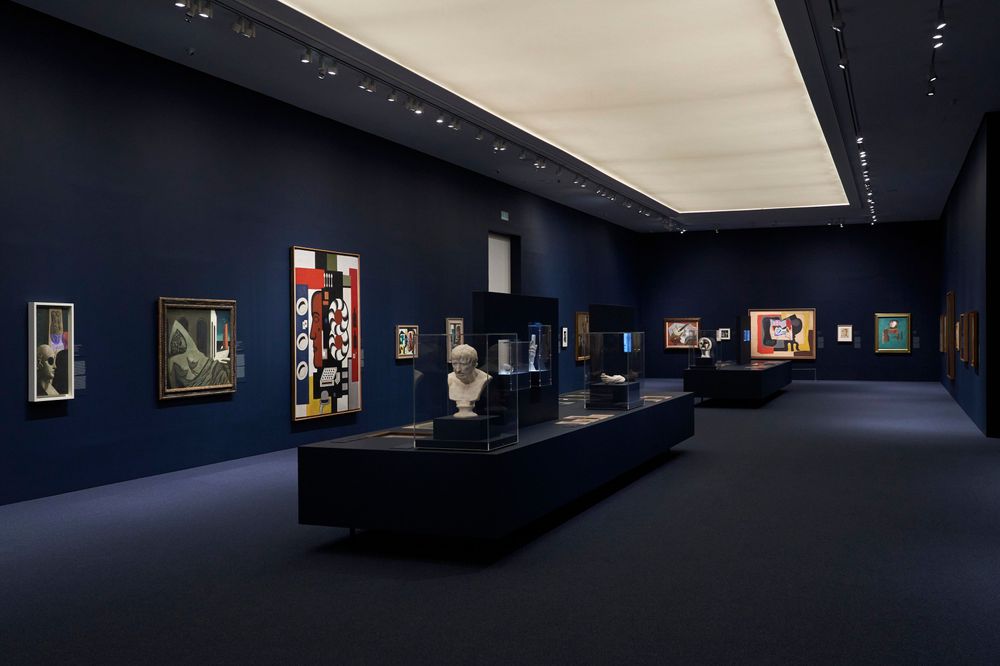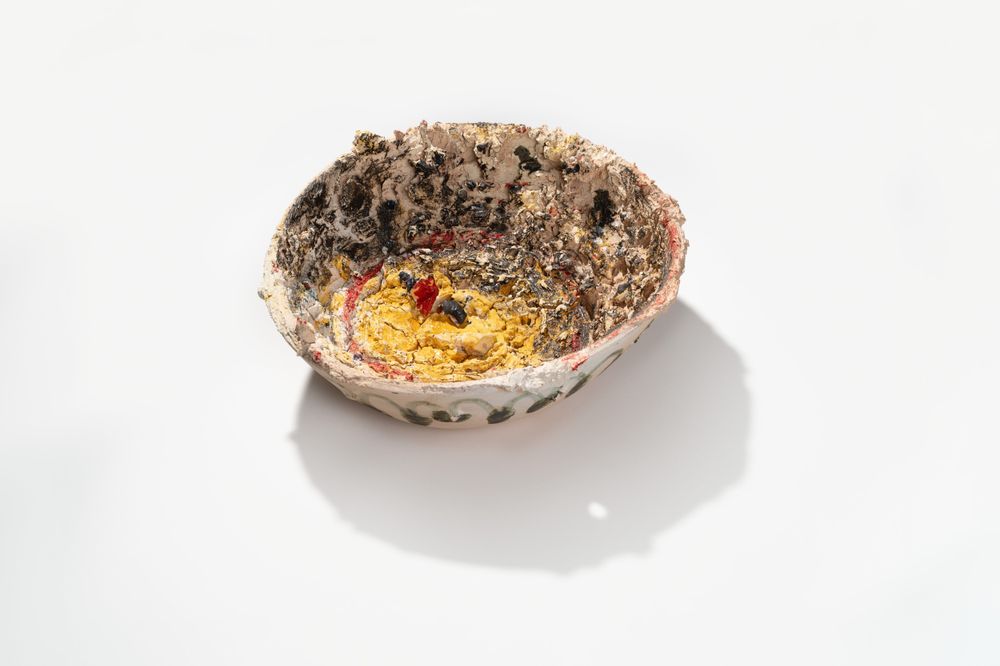30/06/201416/11/2014
Picasso TV
In the early 1960s, Jacqueline Roque bought a television set to provide entertainment for herself during the many long hours Picasso spent working in his studio. In his book Conversations with Picasso, Brassaï says that Pablo Picasso watched television on a fairly regular basis, and in particular circus programmes, wrestling, films and series. Picasso had always been interested in popular forms of expression, and he began to show an interest in certain TV programmes after seeing footage of one of his exhibitions in London, and watching the wedding of Britain’s Princess Margaret to photographer Anthony Armstrong-Jones, which was seen by 20 million viewers worldwide. The circus, bullfights, boxing, carnality... these were all Picasso’s passions when he was young, and he was able to revisit them in his old age thanks to television, which fed the voyeuristic gaze that was so much part of him.
## Narrative, framing and movement
Television’s quick-fire style, the narrative process of the scenes and the sheer number and variety of black and white images that appeared on the “small screen”, influenced Pablo Picasso’s artistic output during the last few years of his life. The exhibition showed unsuspected links between some of the work Picasso produced between 1966 and 1972 and the programmes that were being shown on French television at the time.
The exhibition’s curator, Laurence Madeline, Chief Conservator at Musées d’Art et d’Histoire de Genève, in Switzerland, established links between Picasso’s graphic work and television images, connecting the influence of televise onto Picasso’s engravings from 1968 onwards. On television at that time, she says, “action, framing, narrative and movement were all exaggerated, as they were in Picasso’s last works”. She also claims that, during those years, the artist began engraving in black and white again –and this was the only TV format available before 1968. She also says that in some of the Suite 347 engravings the framing changes, becoming more like 4:3 aspect ratio of a television set. In her opinion, in contrast to his circus scenes from 1904 to 1920, the acrobats, clowns and bareback riders in Suite 347 are full of movement.
Circus, wrestling and swordfights
Although turning on the TV was not a frequent habit the Picasso household, his grandson Bernard Ruiz-Picasso remembers how his grandfather would ask everyone to be quiet when a wrestling match began, as he particularly enjoyed these programmes. Photographer Roberto Otero also tells us that at Notre-Dame-de-Vie they would find out how events of May 1968 were unfolding from the television. Critic and journalist Pierre Cabanne recalls Picasso being very interested in the show “La Piste aux Étoiles” which was devoted to the circus and had lots of different acts in it. In a television interview in 1966, Picasso himself spoke about his favourite programmes when he was asked about the artistic potential of television.
The art historian John Richardson tells us that the artist and his wife Jacqueline used to watch old movies on television: westerns, biblical and classical epics, dramas, comedies… Over 150 of these films were broadcast between March and October 1968 on the three TV channels available to Picasso in the South of France: the French first and second channels and Télé Monte-Carlo. It was at this time that Picasso produced the 347 engravings that make up Suite 347.In several of them we can see “Red Indians”, warriors, odalisques, musketeers, acrobats and circus artistes. Engraving nº 1 of Suite 347 shows us the elderly artist himself, standing opposite a bareback rider and a wrestler.
The television that stood in a corner of the living room at Notre-Dame-de-Vie brought something of the world from which he had withdrawn back into Picasso’s home life, providing entertainment and escapism in the films they would occasionally watch in the evenings.
The exhibition at Museo Picasso Málaga contained 57 works, two of them are oil paintings Picasso produced in 1968. Stills and excerpts from films and TV series completed an exhibition that was produced by Museo Picasso Málaga and the Kunstmuseum Pablo Picasso, Münster, in collaboration with the Fundación Bancaja, Valencia.




